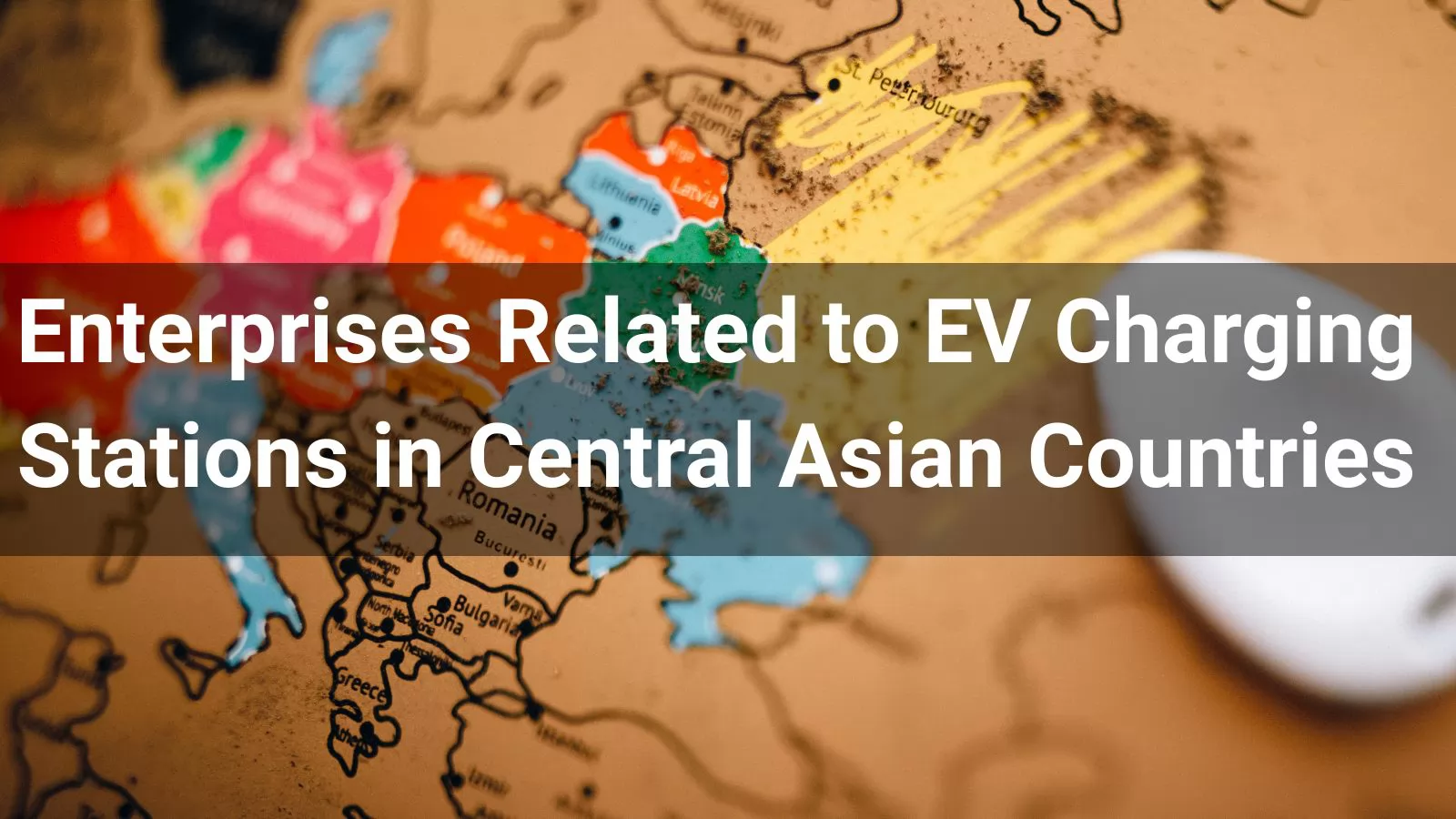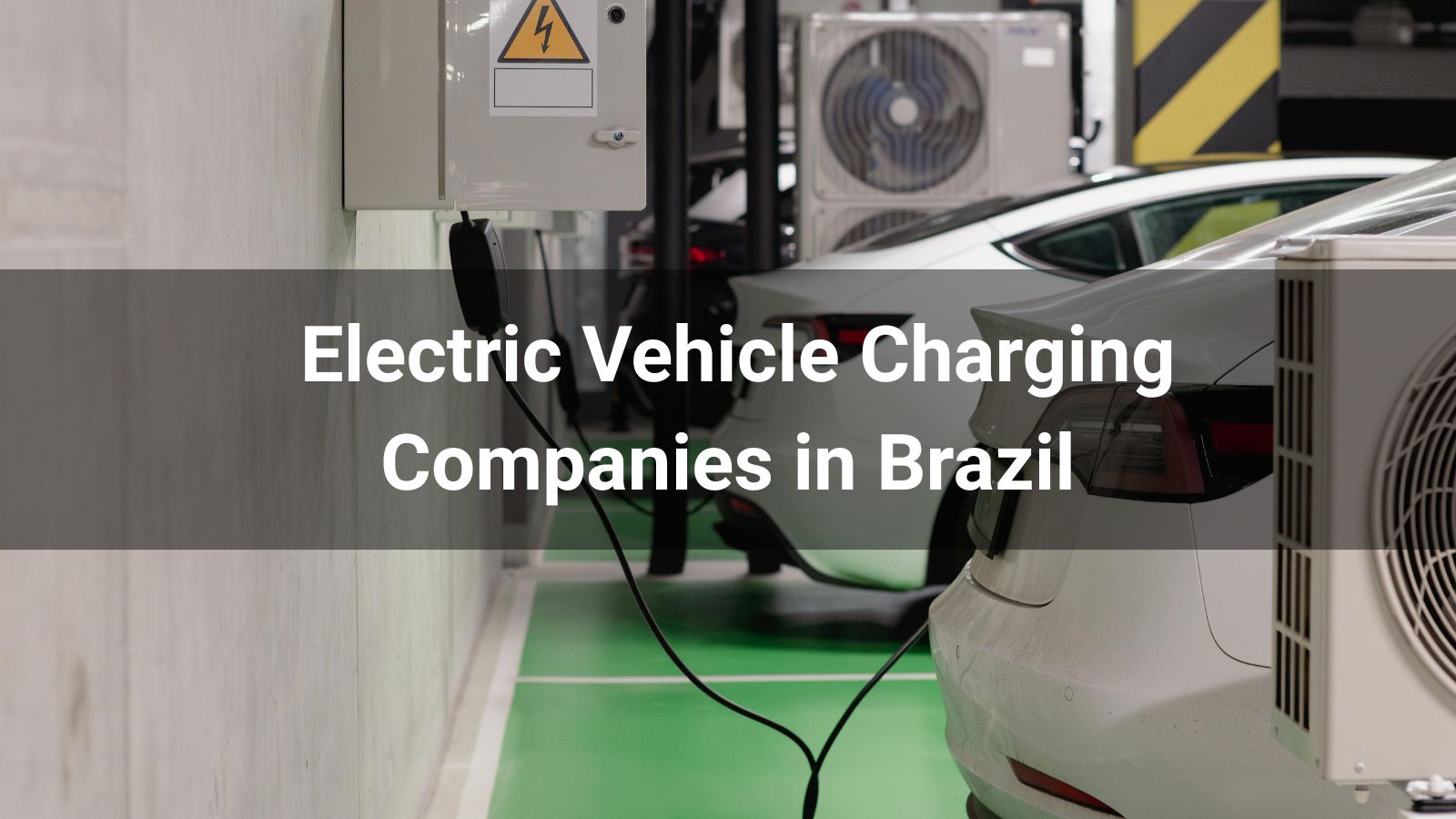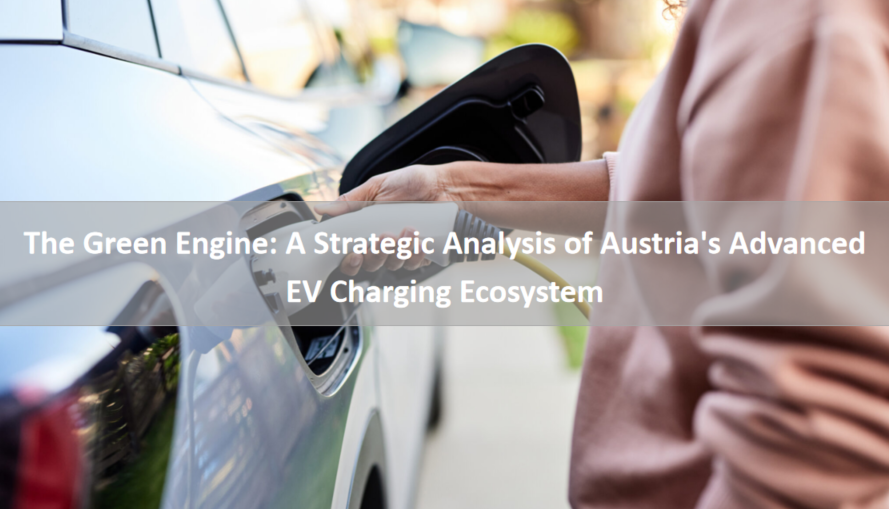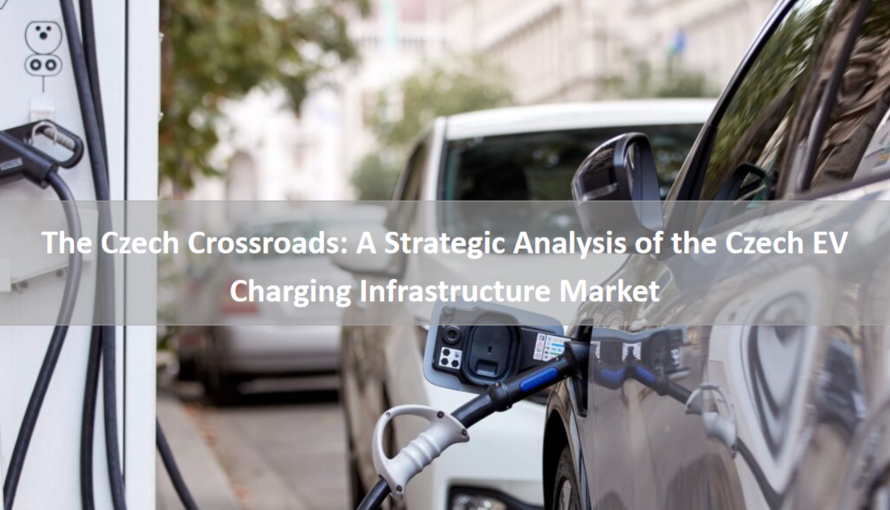
Overview
The EV charging infrastructure in Central Asia is underdeveloped compared to global leaders like China or Europe, primarily due to low EV adoption rates, limited government incentives, and economic constraints. Kazakhstan and Uzbekistan show early signs of progress, driven by urban growth and foreign investment, while Kyrgyzstan, Turkmenistan, and Tajikistan lag due to weaker economies and infrastructure. Enterprises involved in charging piles typically include state-owned utilities, private energy firms, and foreign companies entering via partnerships. The roles of installers, operators, dealers, and distributors often overlap due to the small market size.
Kazakhstan, the region’s largest economy, has the most visible EV charging activity, spurred by government plans to reduce carbon emissions and urban demand in cities like Almaty and Nur-Sultan (Astana).
Potential Enterprises
• Kazakhstan Utility Systems (KUS)
○ Profile: A major private energy company managing electricity distribution and infrastructure projects across Kazakhstan. Likely involved in EV charging station installations as part of smart grid initiatives.
○ Role: Installer and Operator
○ Operating Conditions: Operates in urban and industrial zones with stable grid access. Faces challenges in rural areas due to grid unreliability.
○ Business Scale: Large, with nationwide operations in energy distribution, but EV charging is a small segment. It is likely to operate 10–50 charging stations, mostly Level 2, in major cities.
• Samruk-Energy
○ Profile: State-owned energy holding company managing power generation and distribution. Potential leader in public charging infrastructure under government green energy mandates.
○ Role: Operator and Installer
○ Operating Conditions: Strong government backing enables investment in charging piles, but bureaucratic delays slow deployment. Focus on public stations in Nur-Sultan and Almaty.
○ Business Scale: Medium in EV charging, with pilot projects for 5–20 stations, mostly DC fast chargers.
• Alatau Zharyk Company (AZhC)
○ Profile: Regional electricity distributor in Almaty, involved in modernizing grid infrastructure. Likely to install charging stations in commercial areas.
○ Role: Installer
○ Operating Conditions: Operates in Almaty’s high-demand zones, benefiting from urban grid stability but limited by high installation costs.
○ Business Scale: Small, with potential for 5–15 stations in Almaty.
Market Context
• Charging Stations: Estimated 20–100 public charging points, mostly in Almaty and Nur-Sultan, with Level 2 and some DC fast chargers.
• Challenges: High installation costs, low EV penetration (<0.1% of vehicles), and reliance on fossil fuel-based grids.
• Opportunities: Government’s 2030 carbon neutrality goal and Chinese investment via Belt and Road Initiative (BRI) may boost infrastructure.
Uzbekistan is gradually adopting EVs, supported by energy reforms and foreign partnerships, particularly with China. Tashkent is the primary hub for charging infrastructure.
Potential Enterprises
• Uzbekenergo (now National Electric Grid of Uzbekistan)
○ Profile: State-owned utility managing electricity generation and distribution. Leads energy infrastructure projects, including EV charging pilots.
○ Role: Installer and Operator
○ Operating Conditions: Focus on Tashkent and Samarkand, with grid upgrades supporting urban charging. Rural areas lack infrastructure.
○ Business Scale: Small, with 5–20 public charging stations, primarily Level 2.
• UzAuto Motors
○ Profile: Uzbekistan’s largest automaker, producing vehicles under license (e.g., Chevrolet). Exploring EV production, likely to partner for charging infrastructure.
○ Role: Operator and Distributor
○ Operating Conditions: Leverages automotive networks for charging station deployment at dealerships. Limited by low EV demand.
○ Business Scale: Very small, with 1–10 stations at dealerships.
• Chinese Firms (e.g., Anari)
○ Profile: Chinese companies like Anari, active in China’s EV market, may enter via BRI projects, supplying chargers or operating stations.
○ Role: Dealers, Distributors, and Operators
○ Operating Conditions: Benefit from Chinese government-backed financing but face regulatory hurdles and local competition.
○ Business Scale: Small, with pilot projects for 5–15 stations in Tashkent.
Market Context
• Charging Stations: <50 public chargers, mostly in Tashkent, with slow growth due to low EV adoption.
• Challenges: Economic constraints, limited EV awareness, and high reliance on natural gas-based power.
• Opportunities: Energy sector privatization and Chinese investment drive pilot projects.
Kyrgyzstan’s small economy and reliance on hydropower limit EV charging development. Bishkek hosts minimal infrastructure.
Potential Enterprises
• National Electric Grid of Kyrgyzstan (NEGK)
○ Profile: State-owned utility managing electricity distribution. Likely to lead any EV charging initiatives.
○ Role: Installer and Operator
○ Operating Conditions: Operates in Bishkek with constrained grid capacity. High electricity costs deter investment.
○ Business Scale: Very small, with 1–5 charging stations, likely Level 1 or 2.
Market Context
• Charging Stations: <10 public chargers, mostly in Bishkek.
• Challenges: Low EV adoption, weak grid, and lack of government incentives.
• Opportunities: Hydropower potential could support green charging if investment increases.
Turkmenistan’s closed economy and heavy reliance on fossil fuels result in negligible EV charging infrastructure.
Potential Enterprises
• Turkmenenergo
○ Profile: State-owned electricity monopoly, controlling all energy infrastructure. Sole candidate for EV charging projects.
○ Role: Installer and Operator
○ Operating Conditions: Limited to Ashgabat, with no visible EV charging projects due to low priority.
○ Business Scale: Negligible, with 0–2 stations, if any.
Market Context
• Charging Stations: Virtually none, with <5 chargers, if any, in Ashgabat.
• Challenges: Authoritarian regime, low EV demand, and fossil fuel dominance.
• Opportunities: None significant without policy shifts.
Tajikistan’s weak economy and hydropower dependency limit EV charging development. Dushanbe may host pilot projects.
Potential Enterprises
• Barqi Tojik
○ Profile: State-owned utility managing electricity supply. Potential leader in EV charging if supported by international donors.
○ Role: Installer and Operator
○ Operating Conditions: Operates in Dushanbe with seasonal power shortages affecting reliability.
○ Business Scale: Very small, with 0–5 stations, likely Level 1.
Market Context
• Charging Stations: <5 chargers, if any, in Dushanbe.
• Challenges: Poverty, weak grid, and no EV policies.
• Opportunities: Hydropower and donor funding could spur small-scale projects.
• Dominant Players: State-owned utilities (e.g., Samruk-Energy, Uzbekenergo) lead due to control over grids, with private firms and foreign players (e.g., Anari Energy) in secondary roles.
• Business Models: Operators rely on government subsidies or pilot projects, with low profitability due to limited EV use. Dealers and distributors face high import costs.
• Scalability: Small-scale operations (5–100 stations per country) reflect low demand, with Kazakhstan and Uzbekistan showing most potential.
• Data Gaps: No comprehensive directories list EV charging enterprises in Central Asia. Company-specific data (e.g., revenue, station count) is rarely public.
Read more:







